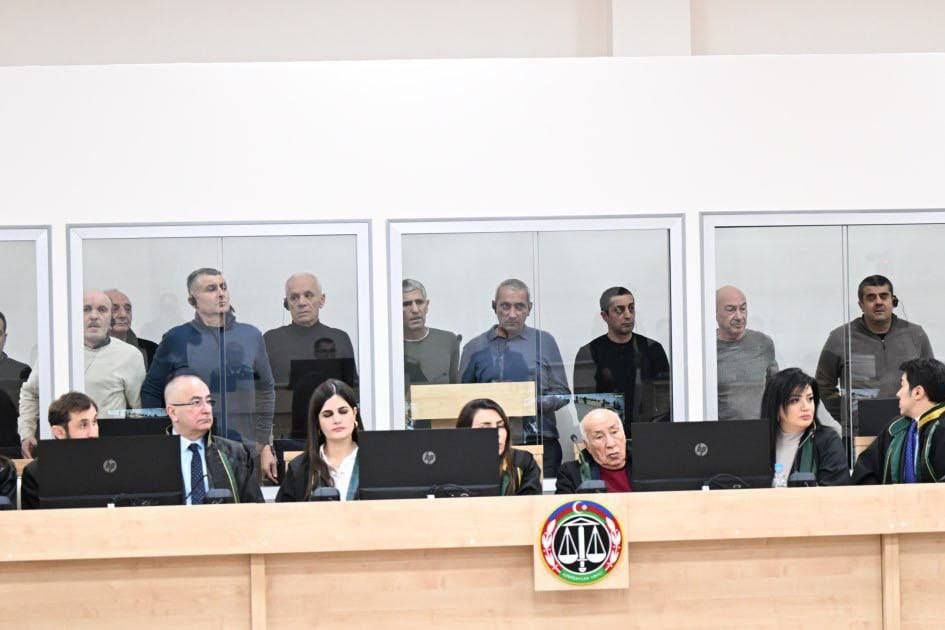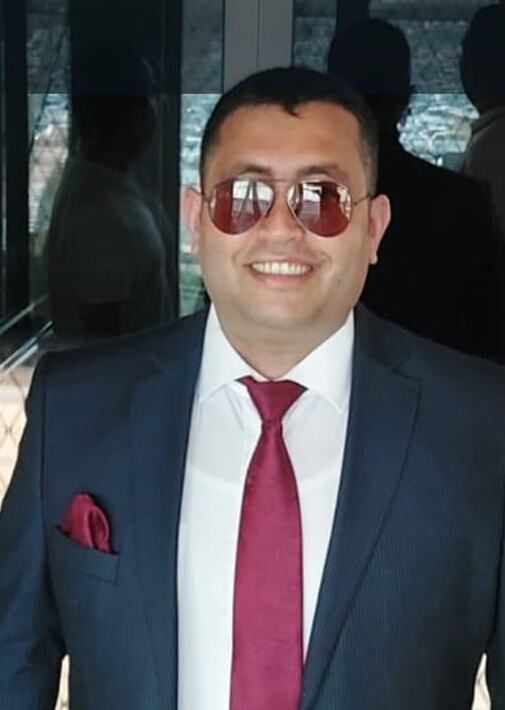Testimonies reveal details of Armenian separatist plots in Garabagh

The Baku Military Court continued proceedings today in the trial of Armenian nationals accused of committing war crimes and crimes against humanity during the occupation of Azerbaijan’s sovereign territories.
According to Azernews, the court examined key evidence collected during the initial investigation, including on-site inspection protocols, photographic materials, witness and victim testimonies, and statements from ethnic Armenian individuals who were interrogated as suspects in the early 1990s. Expert assessments were also disclosed in court.
State Prosecutor Vusal Aliyev, a senior aide to the Prosecutor General, stated that in response to mass unrest in Khojaly, Shusha, and Khankendi, a criminal case was initiated on September 19, 1988, by USSR Deputy Prosecutor General A.I. Nikolayev under relevant articles of the Azerbaijani SSR Criminal Code. The investigation was assigned to a special group of the Soviet Prosecutor's Office.
During the session, the testimony of Artur Abramyan, former driver of Murad Petrosyan, was read aloud. Abramyan testified that Petrosyan met with Robert Kocharyan at the Khankendi City Council office. Kocharyan, described as the top aide to Council Chairman Maksim Babayan, reportedly played a key role in orchestrating armed separatist activities alongside Babayan and Henrik Pogosyan, head of the Nagorno-Karabakh Autonomous Region’s Communist Party Committee.
According to Abramyan, these figures gathered commanders of Armenian militant groups and declared their intent to separate the region from the Azerbaijani SSR and join it to Armenia, mobilizing all forces to forcibly expel Azerbaijanis.
In a separate account, Abramyan said that in January 1991, a man named Akop informed them of a failed assassination attempt on Khankendi Police Chief Yuri Kovalyov, allegedly carried out under Petrosyan’s orders by Akop and two others, Armen and Samvel—all reportedly armed by Petrosyan.
He also testified that weapons were delivered from Yerevan by order of Vazgen Sargsyan, then Commander of the Armenian national armed forces. These arms were transported via helicopters to key cities, including Askeran, where they were distributed among local Armenian militant units.
In another incident, two Armenian fighters, Ashot and Gago, allegedly planted explosives near the Shusha-Khankendi road in October 1989 in an attempt to target a civilian bus. Due to a delay, a “KamAZ” truck was instead damaged by the explosion.
The trial continues against Armenian nationals accused of launching and supporting an aggressive war, committing war crimes, genocide, terrorism, financing terrorism, unlawful seizure of power, and other serious offenses during Armenia’s military aggression against Azerbaijan.
Here we are to serve you with news right now. It does not cost much, but worth your attention.
Choose to support open, independent, quality journalism and subscribe on a monthly basis.
By subscribing to our online newspaper, you can have full digital access to all news, analysis, and much more.
You can also follow AzerNEWS on Twitter @AzerNewsAz or Facebook @AzerNewsNewspaper
Thank you!

